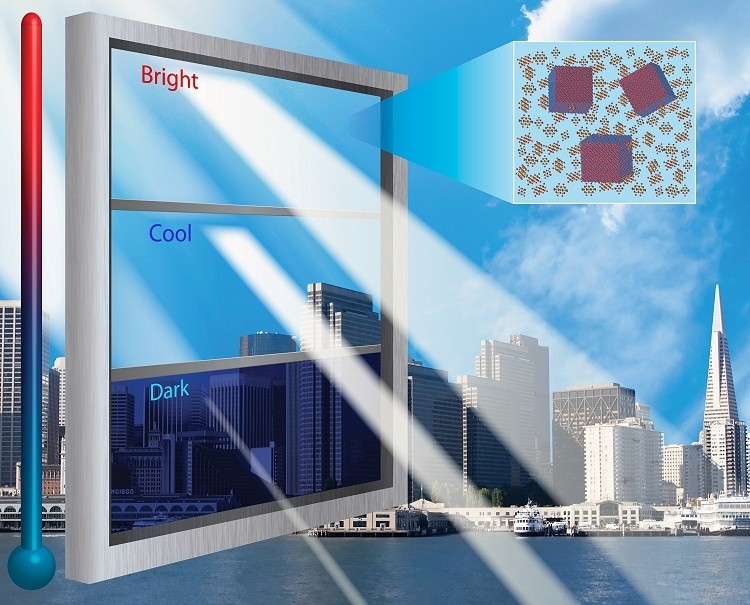Researchers at the Lawrence Berkeley National Laboratory have developed a new material that is able to modify sunlight as it passes through glass. The thin coating of nanocrystals would be embedded in the glass of a window and unlike existing technology, offer selective control over the light that passes (or doesn't pass) through.
This new type of smart window allows the user to control how much visible light and heat-producing near-infrared (NIR) light passes through in an effort to maximize both energy savings and user comfort across a wide range of climates.

In layman's terms, this means a window could allow natural light to pass through without the unwanted heat, or vice-versa if you want a bit of shade and warmth during the winter months. Such control would reduce the need for artificial light, air conditioning and heating.
Delia Milliron, a chemist at Berkeley Lab's Molecular Foundry who led the research pointed out that Americans spend roughly 25 percent of their total energy on lighting, heating and cooling buildings. When used as a window coating, the new material can have a major impact on building energy efficiency.
It works by utilizing an electrochromic effect where a small burst of electricity is used to switch the material from NIR-transmitting and NIR-blocking states. The technology recently won a 2013 R&D 100 Award and we are told they are in the process of commercializing it. No word yet on when we can expect to see smart windows utilizing this technology hit the market, however.